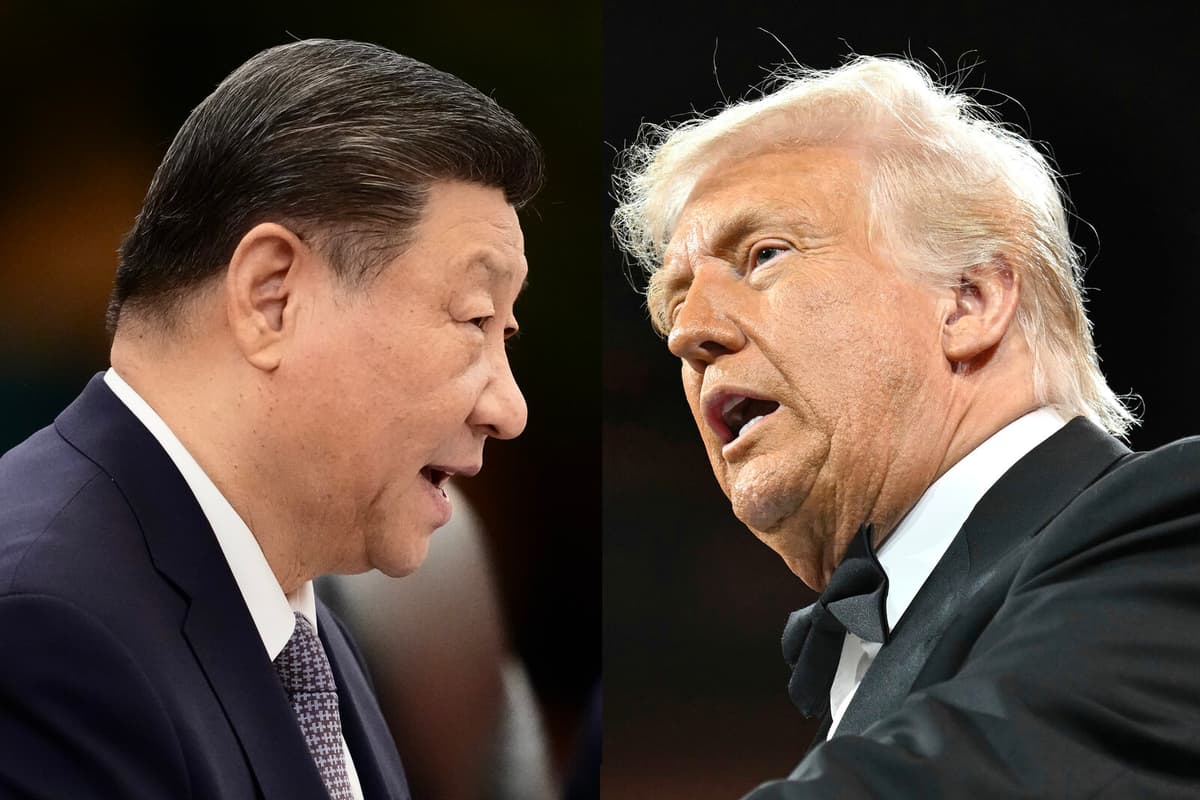Considering individual countries, the USA is China's primary export destination. They trade approximately as much with the USA as with the EU trade bloc.
However, the USA's import tariffs of up to 145 percent against China imply significant price increases on the American market. This will significantly reduce demand for Chinese products, according to Carl Bergkvist.
This, in turn, leads to China having a large production surplus – meaning the domestic market cannot absorb all that is produced.
You need to seek out other markets, and then Europe is a low-hanging fruit, says Bergkvist, and continues:
I would say it's quite likely that we will see more Chinese goods on European markets if this trade war, not least between the USA and China – where it's worst right now – persists.
EU can act
The effects will be price pressure to begin with, since Chinese goods will likely maintain low prices.
This could create pressure on European companies when competition increases. It can get tough, says Bergkvist, and continues:
But on the other hand, the EU Commission has also said that they are ready to act if they see this type of dumping trend.
This could lead to the EU responding with tariffs against China in the next step, if they assess that the increased export to Europe poses a threat to European jobs and industry.
Price pressure on home electronics
China primarily exports electronics, computers, toys, batteries, and smartphones to the USA.
They already sell those here, but I could imagine that home electronics is an area where we will see price pressure, says Bergkvist.
Bergkvist emphasizes that the ongoing trade war concerns goods, while the service sector remains relatively unaffected. The consequences for Swedish companies vary depending on the sector.
If you already have competition from China today, then this can certainly get tough.





